28.5.2020
Stress on the marine ecosystems varies seasonally and even during the course of a single day. The variation during a shorter cycle may be even greater than the anticipated change during long-term climatic change, says Christian Pansch to explain why it is not enough to study the tolerance of ecosystems by means of traditional stress tests only.
Christian Pansch was recently appointed Associate Professor of Marine Biology at Åbo Akademi University. The position is a tenure track professorship donated by the City of Turku on the occasion of the 100th anniversary of ÅAU in 2018.
Pansch moved from Germany to Turku in October 2019, his family followed in early January and they now live in the island of Hirvensalo in Turku. Born in 1981, Pansch grew up in a small village of 200 inhabitants near Berlin. He started his studies in marine biology in Rostock and continued at Master’s level in Kiel. He also spent half a year as an exchange student in Chile, in a coastal town eight hours north of Santiago de Chile. Encouraged by his German professor in Chile, he published two scientific articles based on his Master’s thesis.
“My professor in Chile is a fantastic, demanding and motivating person. For a student, it’s great to have two published articles based on your Master’s thesis,” says Pansch, while driving his car around the island in search of good cycling routes for his family.
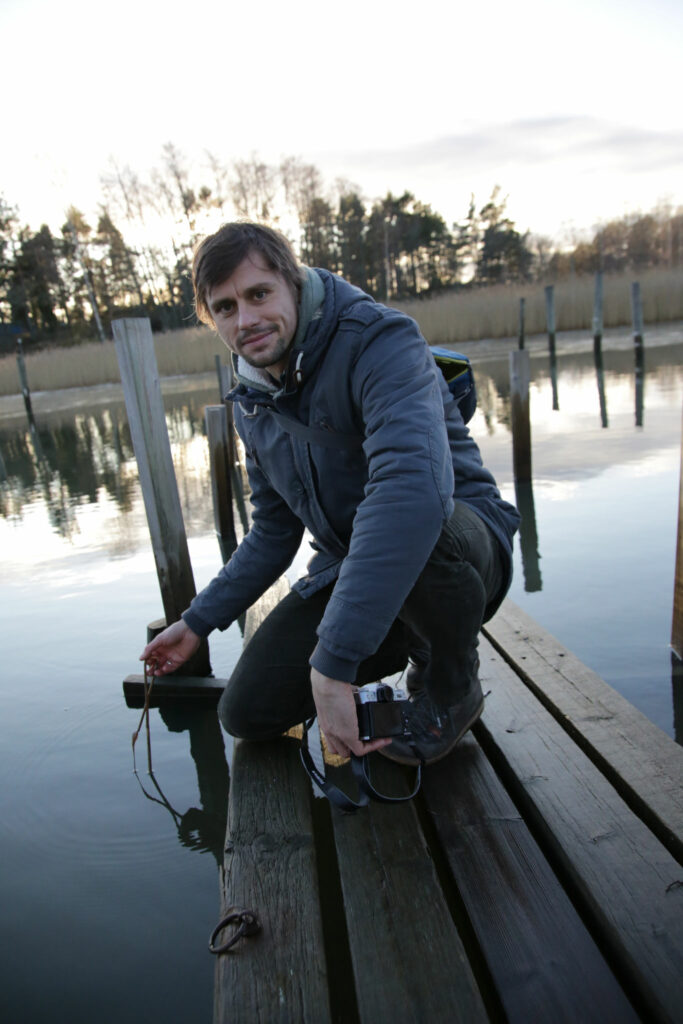
Pansch says that he has always liked Scandinavia and its nature; the Nordic countries are his favourite area in the world. In the early 2000s, he and his brother took a motorcycle road trip from Germany through Sweden to Norway, all the way to Nordkapp, and returned via Finland. After receiving his PhD from Kiel University, Pansch had the opportunity to work as a post doc researcher at the University of Gothenburg in Sweden. Once the tenure track professorship at the Åbo Akademi University was announced, it appeared as an attractive position in terms of research topics, an excellent research team and geographical location.
“I was extremely happy to be appointed to this position.”
Climate change and its impact on organisms and ecosystems have been the main research areas for Pansch since 2006. The tenure track professorship at ÅAU entails an initial employment period of 4 years as Associate Professor, with an optional extension of 2 years, until proceeding to the next level upon a successful evaluation.
“If everything goes well, this career path may lead to a permanent professorship.”
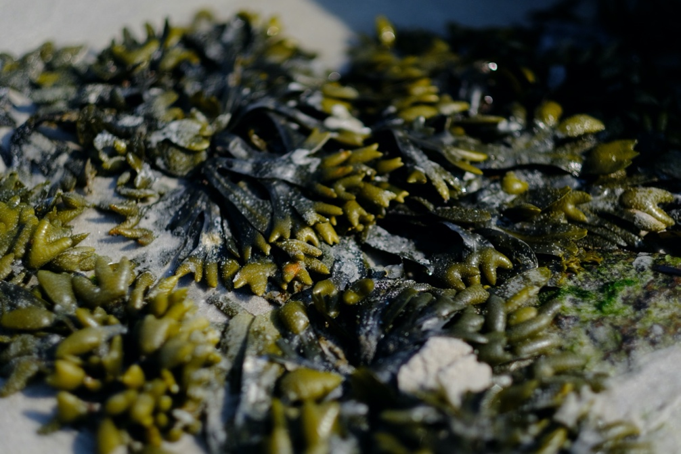
During his first months in Finland, Pansch has been busy establishing contacts with individuals potentially interested in collaboration and looking for institutional and other available resources. At the same time, he has been involved in the strategic planning of research and teaching within his subject at ÅAU. Pansch plays an active role within The Sea, a strategic research profile at ÅAU.
“I was lucky to arrive in Turku just before the holiday season started, as I was then introduced to many colleagues whom I might not have met so easily at other times. This is true for students and doctoral students, as well as professors and the leadership at ÅAU.”
Cyclic stress
To answer the question what new he will bring to Marine Biology at ÅAU, Pansch explains:
“One new aspect is the way I approach what is known as stress ecology, which can be linked to climate change and research on its diverse effects on organisms and ecosystems. My personal vision in this respect was probably one of the reasons why I was selected to this position. Another aspect is my expertise in experimental ecology, in which organisms and ecological communities are exposed to changes in their living environments.”
“A benefit offered by experimental ecology, as compared to field studies, is the possibility to exclude several factors and to test the factors in focus, such as climate warming or acidification, or the combination of both. You can be pretty sure that what you will see is the effect of the manipulated parameter, which is not always as certain in field experiments. My expertise therefore very nicely complements expertise already present at Marine Biology at Åbo Akademi University.”
In stress ecology, organisms are exposed to different types of external stress. In other words, stress that exceeds the natural tolerance window of an organism. Exposure to varying levels of, for example, temperature, acidity (pH), light, salinity, oxygen (oxygen deficiency in the worst case) and other factors related to the habitat enables us to study how organisms respond to stress factors today and in the future. Are they able to adapt to different combinations of stress factors, and what does it mean for an ecosystem that some organisms respond in one way and others in another way? How will the entire ecosystem adapt or change, and what can the consequences be on different scales, including the relationship between the marine ecosystem and human utilisation of the system?
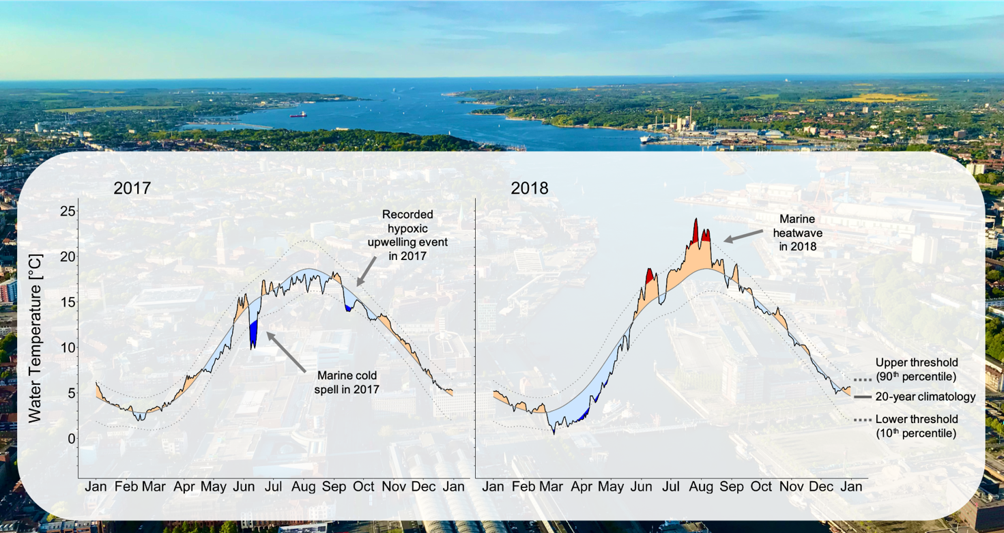
“A novel approach in my work is the study of stress during cyclic events – climate variability. It may sound self-evident, and I’m not the one who developed this way of thinking, but the idea of environmental variability has not yet been widely applied within a climate change context. So far, marine biological research has primarily focused on what happens with the organisms and ecosystems during periods of constant and continuing – rather than regularly fluctuating – stress.”
“There are different natural patterns of environmental fluctuations over the year or during an organism’s lifetime. For example, diurnal cycles of day and night or seasonal cycles mean that there are periods of higher and lower natural stress for organisms. We can talk about a ‘marine weather’.”
“It is important to find out exactly how the different types of load and stress vary. For example, what is different in the response of an organism to a stressor at night as compared to day? What changes with the seasons? Once we have identified the natural variation and the natural tolerance window of an organism, it might be possible to differentiate the natural variation spectrum from a sudden pulse-like stress, which may, in the worst case, be so forceful that the organism simply cannot cope, even if the pulse were of a short duration.”
Wide environmental variability
According to Pansch, the variation over the course of small-scale cycles – between day and night or from one season to another – may be significantly greater than the projected long-term changes in, for example, mean temperature or acidity level. In other words, temperature, acidity level or other factors might vary more during a 24-hour period or between seasons than their projected changes for the near future.
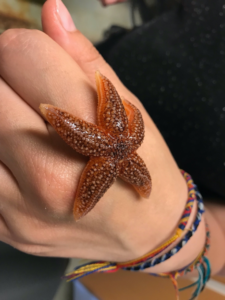
Usually, organisms tolerate this type of natural cyclic stress. However, we do not know yet how organisms, on one hand, will adapt to an environment in which the average conditions correspond to today’s cyclic extremes, or, on the other hand, how they will tolerate the pulse-like periods of stress that inevitably occur regardless of the changes in mean levels due to climate change.
“At the same time, it is also worth pointing out that individual heat waves may have a considerably greater effect on the vulnerable marine ecosystem than a slow, gradual warming over a longer period of time. That the small-scale cyclic variability is significantly greater than the large-scale variability is an aspect that has, to a certain extent, been ignored in climate research. The research has focused on constant data, simply because it is difficult to model unforeseeable deviations in natural ecosystems. When stress experiments are conducted using constant exposure, the results do not necessarily represent real effects.”
Christian Pansch is interested in exploring how the marine organisms survive the wide variability during the natural periodic cycles. Are they able to rest part of the 24-hour period or during a particular season? Which mechanisms help them to survive? In what ways do day-and-night cycles vary during different seasons?
Local actions may alleviate even global problems
Pansch carries out research within one of the strategic profile areas of ÅAU, The Sea. One of the aims within the profile is to integrate research in Marine Biology with research in the fields of business and economics, technology, law, politics and environmental sciences.
“The idea is that we are doing more than basic research. We want to work across traditional disciplines, and also want to make the data and findings available for society at large in order to facilitate proper management of the marine and maritime resources. And this means that we need to meet people face to face, sit down and listen to each other and learn the language of other scientists. What do researchers within a particular scientific field actually mean when they say this or that? How does it relate to what we are doing? What are our common grounds? At the same time, we need to handle financial aspects, which also means meeting with people, explaining our research, submitting applications and so on.”
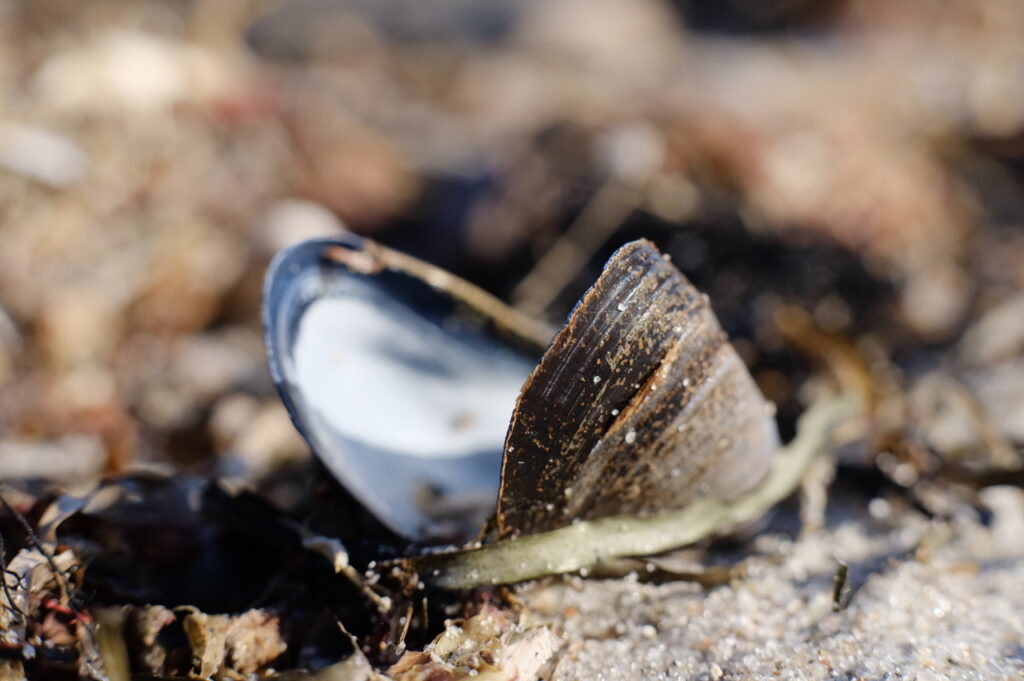
The overarching theme in the research conducted by Christian Pansch is climate change, a global phenomenon with local and regional effects, which we already can see in the vulnerable marine ecosystems all over the world. We need modelling of how we can hold back or buffer climate change impacts. Practical actions include co-operation with tourism industry, by suggesting, for example, where it would be safe to anchor during a stressful heat wave or where it is not advisable in order to protect a particularly valuable local ecosystem, such as seagrass meadows in the Archipelago Sea.
“Small actions during critical periods can make a difference. What can we do to remove, at least, a part of the pressure on the ecosystem? Is there something we should study that we have not yet even thought of? Are there times when a particular activity should not be carried out? What are the effects of noise emitted by boat engines? This, for example, is a factor that has not been studied much. The intention is not to close down the archipelago during high season. However, we should understand what everyone can do to avoid causing unnecessary harm to the ecosystem that we so much appreciate.”
The intention is not to close down the archipelago during high season. However, we should understand what everyone can do to avoid causing unnecessary harm to the ecosystem that we so much appreciate.
One of the more ambitious ideas is to maintain some form of information service where data concerning temperature, salinity and similar factors are continually updated and presented with locally linked graphics.
The ideas presented by Pansch call for a slight modification of methods and facilities.
“We probably need to develop and construct new research infrastructures to facilitate the necessary experiments and to also look into available data in new ways.”